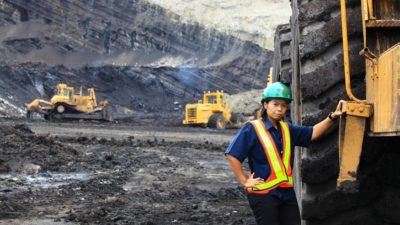Growing oil and gas producer Senex Energy Ltd (ASX: SXY) today reported a surge in revenue for the 2019 financial year, supported by a significant increase in production, which has seen the Senex Energy share price rise by 4.76% in morning trade.
Profit for the full year u-turned from a $94 million loss in 2018 to a $3 million profit in FY19, supported by a 34% jump in production and fewer write-downs.
Here are the key numbers you need to know:
|
Senex Energy Ltd |
FY19 |
% Change |
|
Production |
1.2 mmboe |
+43% |
|
Total sales revenue |
$94m |
+34% |
|
Net Profit After tax |
$3.3m |
n/a |
|
NTA per share |
$0.24 |
+0% |
Source: Senex Energy FY19 Appendex 4E
So what?
One of the most important features of today's result is the significant jump in Senex's operating cash flows, which rocketed from just $5.3 million to $44.5 million in FY19.
The cash is eagerly needed to fund the company's capital expenditure program, which chewed through $110 million in the 2019 financial year.
But the cash flow is also a meaningful sign that Senex's years of investment are starting to pay off. Production of gas and gas liquids made up almost all of Senex's growth in production, with the mix of gas products jumping from falling from 11% in FY18 to 36% in FY19.
Outlook for FY20
Senex is working on two key projects: Project Atlas, which is targeting gas production for domestic sales, and Roma North, a subset of land within Senex's Western Surat Gas Project acreage that will sell gas to the giant GLNG project, operated by Santos Ltd (ASX: STO).
Both projects are under development and Senex has another year of high capital expenditure ahead of it in FY20. The company expects to invest around $150 million, but reiterated that it is on track to achieve "a sharp rise in production, cashflow and earnings from FY21" as production ramps up.
Is Senex Energy a buy?
A positive company update last month coincided with a round of insider buying and (to me) shares in Senex look priced at bargain levels, currently trading for 33 cents per share.
Senex has a current enterprise value/2P reserves (EV/2P) ratio of about 3.8, which looks attractive compared to fellow producer Santos, which had a ratio of around 17 at the end of 2018.
If Senex can continue to avoid taking on too much debt and carefully navigate the volatile oil prices though its remaining investment phase, today's share price could be set to continue to rise as production materially increases.








